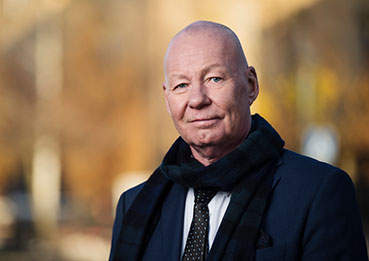Competitive calls for proposals, such as those for strategic research areas (SFO in Swedish), contribute to both long-term planning and coordination. However, there is a risk that they will increase national competition instead of strengthening Sweden’s position as an international research player.
The strategic research areas is an instrument used by the government to allocate long-term funding to designated higher education institutions for research in specific scientific areas. The application period for the SFOs has now closed, and it is time to approve applications.
In our response to the research bill, we at KTH welcomed the government’s decision to establish new SFOs. They meet both the needs of higher education institutions for long-term investments that provide a basis for strategic investments in personnel and infrastructure, and the needs of the government to have certain research carried out. This type of research governance involves resources with a very long time horizon, unlike the short-term commitments of many other research funders.
The announcement of new SFOs also initiates a search for partners nationally in order to create the very best applications. Almost all applications involve more than one university, which also serves as a tool for creating national coordination and division of labour.
It would have been a fantastic opportunity if the new SFO funds had had some additional resources beyond what was ultimately allocated, for example at the expense of investments via external financiers. It would, of course, have been beneficial if the total had been a portfolio of investments that did not further increase the degree of external financing.
This type of competitive call for proposals comes with a number of challenges. One risk is that we will end up with fierce national competition for a few higher education institutions in each field to become the best in Sweden, when the real challenge is for Sweden to become the best in Europe and the world. Creating national alliances also takes time, and there will always be questions about which alliances are the strongest for Sweden. This is easier in some areas than in others, and we hope that it will be as successful as possible. The same applies to Sweden in international competition.

